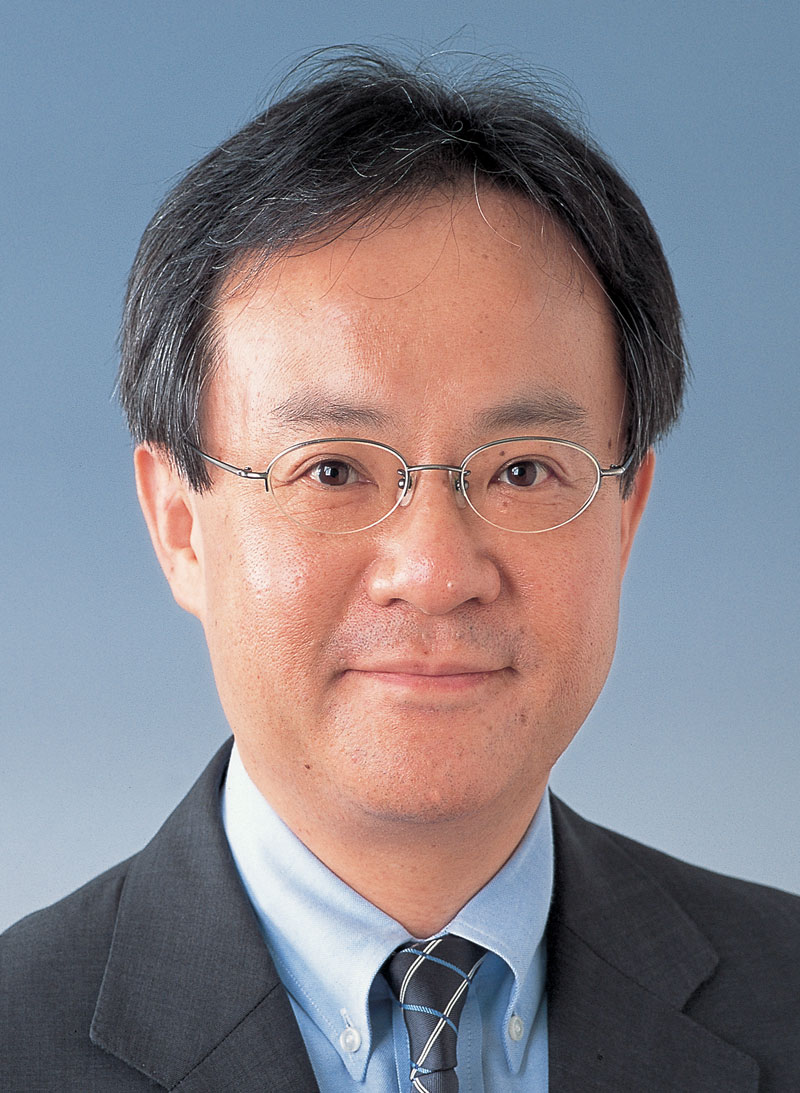|
IEEE
ICMA 2015 Conference
Plenary
Talk 2
Humanoid Robotics Research and Its Applications
Atsuo Takanishi
Professor and Director
Department of Modern Mechanical Engineering,
Waseda University, Japan
Phone: +81-3-5369-7329; FAX: +81-3-5269-9061
E-mail: contact@takanishi.mech.waseda.ac.jp
http://www.takanishi.mech.waseda.ac.jp/

Abstract:
Even though the market size is still small at this moment, applicable fields of robots are gradually spreading from the manufacturing industry to others in recent years. One can now easily expect that applications of robots will expand into the first and the third industrial fields as one of the important components to support our society in the 21st century. There also raises strong anticipations in Japan that robots for the personal use will coexist with humans and provide supports such as the assistance for the housework, care of the aged and the physically handicapped, since Japan is one the fastest aging societies in the world. Consequently, humanoid/human-like robots have been treated as subjects of robotics researches in Japan such as a research tool for human science, an entertainment/mental-commit robot or an assistant/agent for humans in the human living environment. Over the last decade, some manufactures and telecommunication company including famous global companies started to develop prototypes or even to sell mass production robots for the purposes mentioned above, such as TOYOTA, HONDA, TMSUK, SoftBank, etc. On the other hand, Waseda University that I belong to has been one of the leading research sites on humanoid robot research since the late Prof. Ichiro Kato and his colleagues started the WABOT (WAseda roBOT) Projects and developed the historical humanoid robots that were WABOT-1 and WABOT-2 in the early 70s and 80s respectively. One of the most important aspects of our research philosophy is as follows: By constructing anthropomorphic/humanoid robots that functions and behaves like a human, we are attempting to develop the design method of humanoid robots to coexist with humans naturally and symbiotically, as well as to scientifically build not only the physical model of a human but also its mental model from the engineering view point. Based upon the philosophy, I and my colleagues have been developing bipedal walking robots and the running robots, emotion expression robots, wind instruments player robots, talking robots, etc. By using those robots, we are able to experimentally confirm the models of the human behavior/mind quantitatively. In my keynote speech, I will introduce the researches on those humanoid robots and their applications including commercialized ones both in mechatronics and medical education by showing examples. Please see our web page for more detailed information: http://www.takanishi.mech.waseda.ac.jp
Dr. ATSUO TAKANISHI is a Professor of the Department of Modern Mechanical Engineering as well as the director of the Humanoid Robotics Institute, Waseda University. He received the B.S.E. degree in 1980, the M.S.E. degree in 1982 and the Ph.D. degree in 1988, all in Mechanical Engineering from Waseda University. His current researches are related to Humanoid Robotics and its applications in medicine and well-being, such as the biped walking/running humanoids, the emotion expression humanoids, the flute player humanoids, the ultrasound medical inspection robots, the airway management training humanoids, etc. He recently initiated a new mobile robot project for environmental monitoring.
He is currently the vice president of the Robotics Society of Japan (RSJ) and of the Japan IFToMM. He is a member of many robotics and medicine related academic societies such as IEEE, RSJ, and the Society of Mastication Systems, etc. He is a fellow of RSJ and the Japanese Society of Mechanical Engineers (JSME).
He received the RSJ Best Journal Paper Award (1998), RSJ/JSME ROBOMECH Award (1998), BusinessWeek Best of Asia Award (2001), IROS2003 Best Paper Award –Application (2004),JSME Best Journal Paper Award (2006), ROBIO2007 Best Conference Paper Award (2007) and many more domestic and international awards.
|